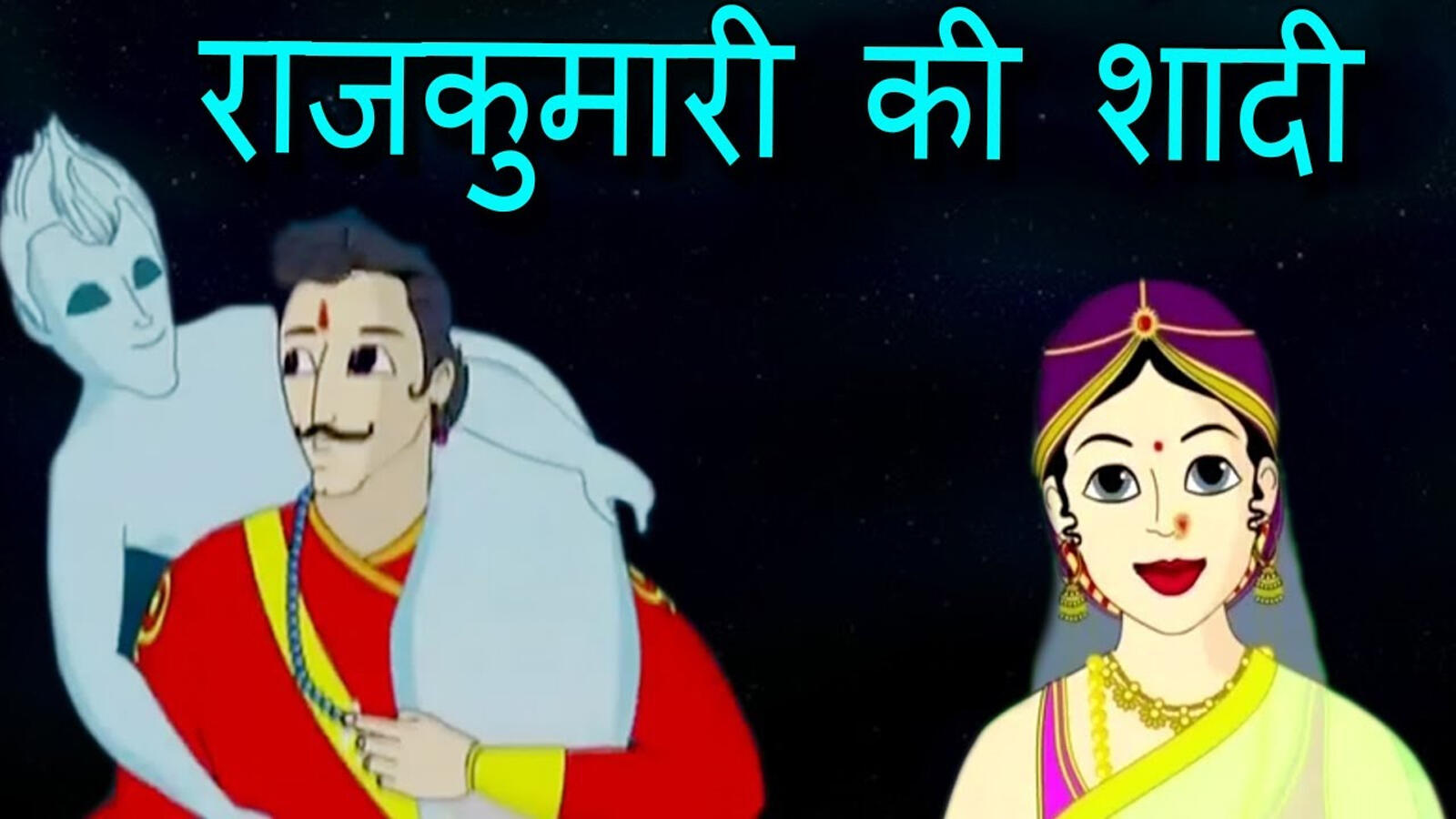
The Guttas of Guttavalal, a minor dynasty based in present-day Karnataka, claimed descent from the Gupta Empire. Ujjain may have become a second Gupta capital, and legends about him (as Vikramaditya) may have developed. Sircar, Chandragupta II may have defeated the Shaka invaders of Ujjain and made his son, Govindagupta, a viceroy there. In most of the legends Vikramaditya had his capital at Ujjain, although some mention him as king of Pataliputra (the Gupta capital). According to Alf Hiltebeitel, Chandragupta's victory against the Shakas was transposed to a fictional character who is credited with establishing the Vikrama Samvat era.

The Khambat and Sangli plates of the Rashtrakuta king Govinda IV use the epithet "Sahasanka", which has also been applied to Vikramaditya, for Chandragupta II. Based on coins and the Supia pillar inscription, it is believed that Chandragupta II adopted the title Vikramaditya. Sircar, believe that Vikramaditya is probably based on the Gupta king Chandragupta II. Distinctions among them were lost over time, and the legendary Shalivahana was similarly based on the exploits of several Satavahana kings. Sircar, Hem Chandra Raychaudhuri and others, the exploits of these kings contributed to the Vikramaditya legends. Gupta kings Ī number of Gupta Empire kings adopted the title of Vikramaditya or its equivalent, such as Samudragupta's "Parakramanka". There is little possibility of an historically-unattested, powerful emperor ruling from Ujjain around the first century BCE among the Shungas (187–78 BCE), the Kanvas (75–30), the Satavahanas (230 BCE–220 CE), the Shakas ( c. Although the Puranas contain genealogies of significant Indian kings, they do not mention a Vikramaditya ruling from Ujjain or Pataliputra before the Gupta era. Legends surrounding Vikramaditya are contradictory, border on the fantastic and are inconsistent with historical facts no epigraphic, numismatic or literary evidence suggests the existence of a king with the name (or title) of Vikramaditya around the first century BCE. The early Jain works do not mention Vikramaditya and the navaratnas have no historical basis as the nine scholars do not appear to have been contemporary figures. Warder, Brihatkathamanjari and Kathasaritsagara are "enormously inflated and deformed" recensions of the original Brihatkatha. Ĭritics of this theory say that Gatha Saptashati shows clear signs of Gupta-era interpolation. According to Raj Pruthi, legends surrounding this first-century king gradually became intertwined with those of later kings called "Vikramaditya" (including Chandragupta II). Vikramaditya cannot be based on Chandragupta II, since the Gupta capital was at Pataliputra (not Ujjain).

Proponents of this theory say that Vikramaditya is mentioned in works dating to before the Gupta era, including Brihatkatha and Gatha Saptashati. Chandragupta II later adopted the title of Vikramaditya after defeating the Shakas. The Krita era, which later came to be known as Vikrama Samvat, marked this victory.

The Shakas advanced from Sindh to Malwa around the first century BCE, and were defeated by Vikramaditya. Rajbali Pandey, Kailash Chand Jain and others believe that Vikramaditya was an Ujjain-based Malava king. "Vikramaditya" was a common title adopted by several Indian kings, and the Vikramaditya legends may be embellished accounts of different kings (particularly Chandragupta II).Įarly legends Malava king Other scholars believe that Vikramaditya is a mythical character, since several legends about him are fantastic in nature. However, this era is identified as "Vikrama Samvat" after the ninth century CE. Many describe him as a universal ruler, with his capital at Ujjain ( Pataliputra or Pratishthana in a few stories)Īccording to popular tradition, Vikramaditya began the Vikrama Samvat era in 57 BCE after defeating the Shakas, and those who believe that he is based on a historical figure place him around the first century BCE. Vikramaditya is featured in hundreds of traditional stories including those in Baital Pachisi and Singhasan Battisi. Often characterized as a legendary king, he is known for his generosity, courage, and patronage of scholars. Vikramaditya ( IAST: Vikramāditya) was an emperor of ancient India. A modern depiction of Vikramaditya in Ujjain


 0 kommentar(er)
0 kommentar(er)
